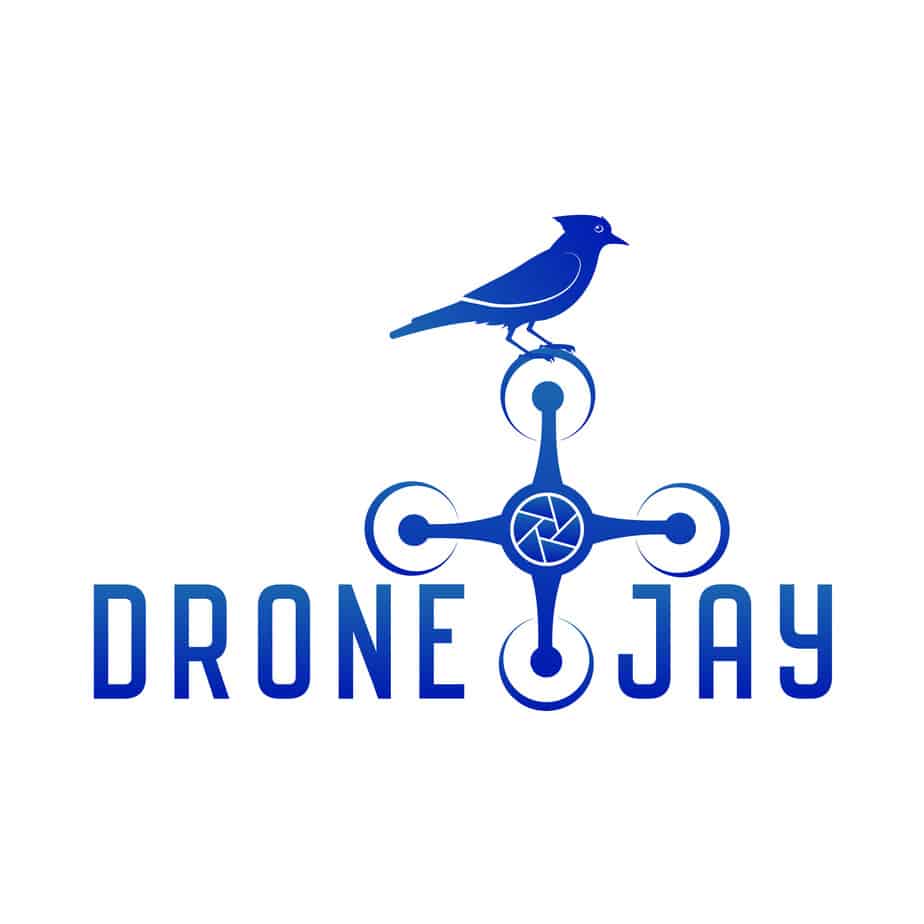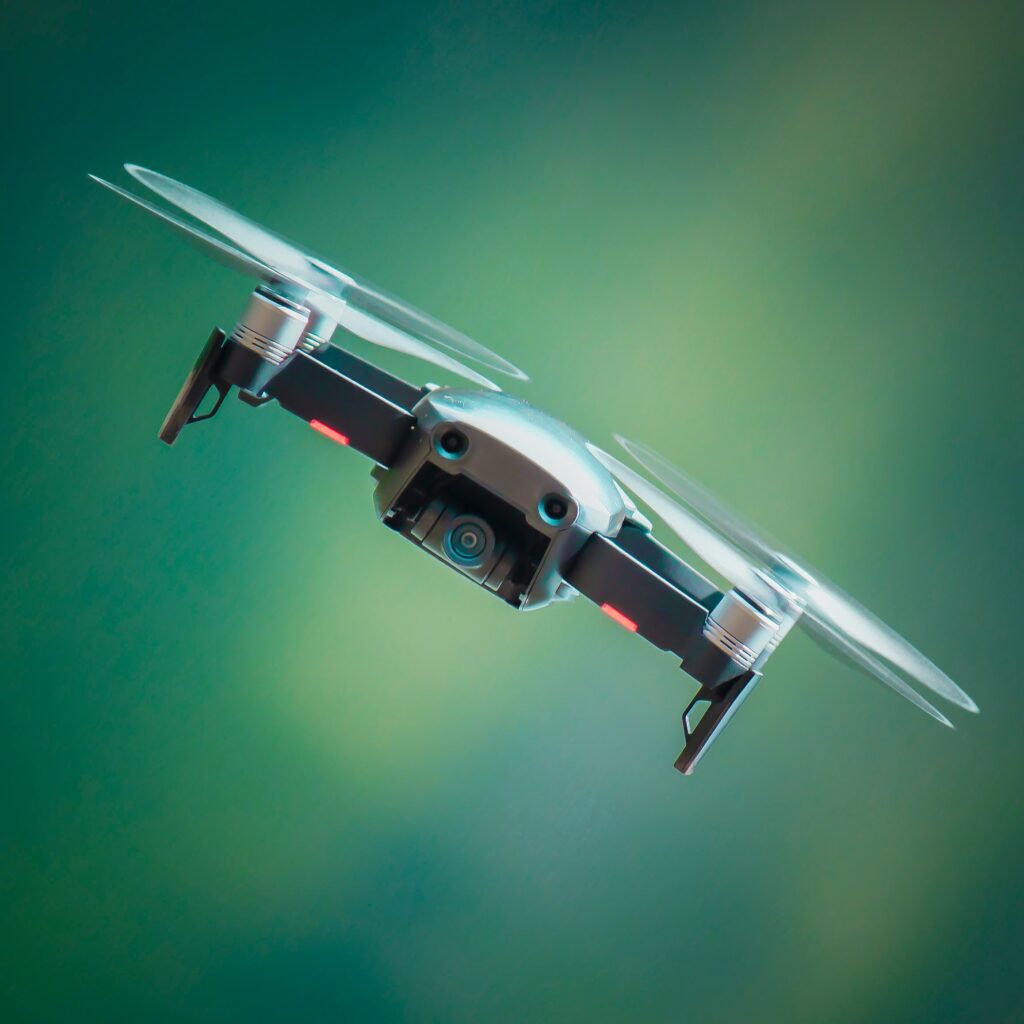
Drones have made their way into countless
occupational markets, ranging from
Agriculture to Search and Rescue, on top of
being used by hobbyists just for fun!
This influx of unmanned aerial activity has
demonstrated the usefulness of drones for
ensuring superior safety standards within
various applications.
So what can drones do to improve the safety
of a person or business? In this article, we’ll
lay out 10 ways that implementing UAV
technology can directly improve the safety of
an operation. Let’s begin!
1. Drones can Reduce Human Exposure to Hazardous Conditions
Many work environments introduce hazardous conditions that must be handled carefully to
prevent injury or loss of life. This can be one of the most problematic challenges facing a
business.
The test here is to maintain workplace efficiency while reducing the chances of injuries and
occupationally related illnesses. It is not uncommon for workplace hazard claims to cost
employers up to 500 weeks of compensation, given to workers who were exposed to such risk.
These are situations where drones are a real game-changer. Drones will be essentially
unaffected by materials which are hazardous to humans, like pollution or radiation, and the cost
of any physical damage to the drone will never be more than the price of a new drone.
A stellar example of the life-saving capabilities of UAVs is the Tōhoku earthquake and tsunami
that hit Japan in 2011, leading to severe damage and a full-scale evacuation of the Fukushima
Daiichi Nuclear Plant.
Instead of putting a huge number of plant workers at significant risk, they relied on drones to
collect vital information about the levels of contamination.
Drones also helped to provide aid throughout the disaster, helping the rebuilding efforts and
minimizing thousands of relief workers’ exposure to nuclear radiation.
2. Drones can Actively Monitor Construction Progress
For people in the construction business, project management and monitoring can be a
cumbersome process.
No matter how reliable the on-site personnel are, monitoring the project involves a lot of “back
and forth” around a worksite, in addition to the task of delivering reports to the main office.
Managers will always be limited by their physical capabilities, and gathering comprehensive
information about an entire workspace may even pose a risk to the person tasked with
monitoring.
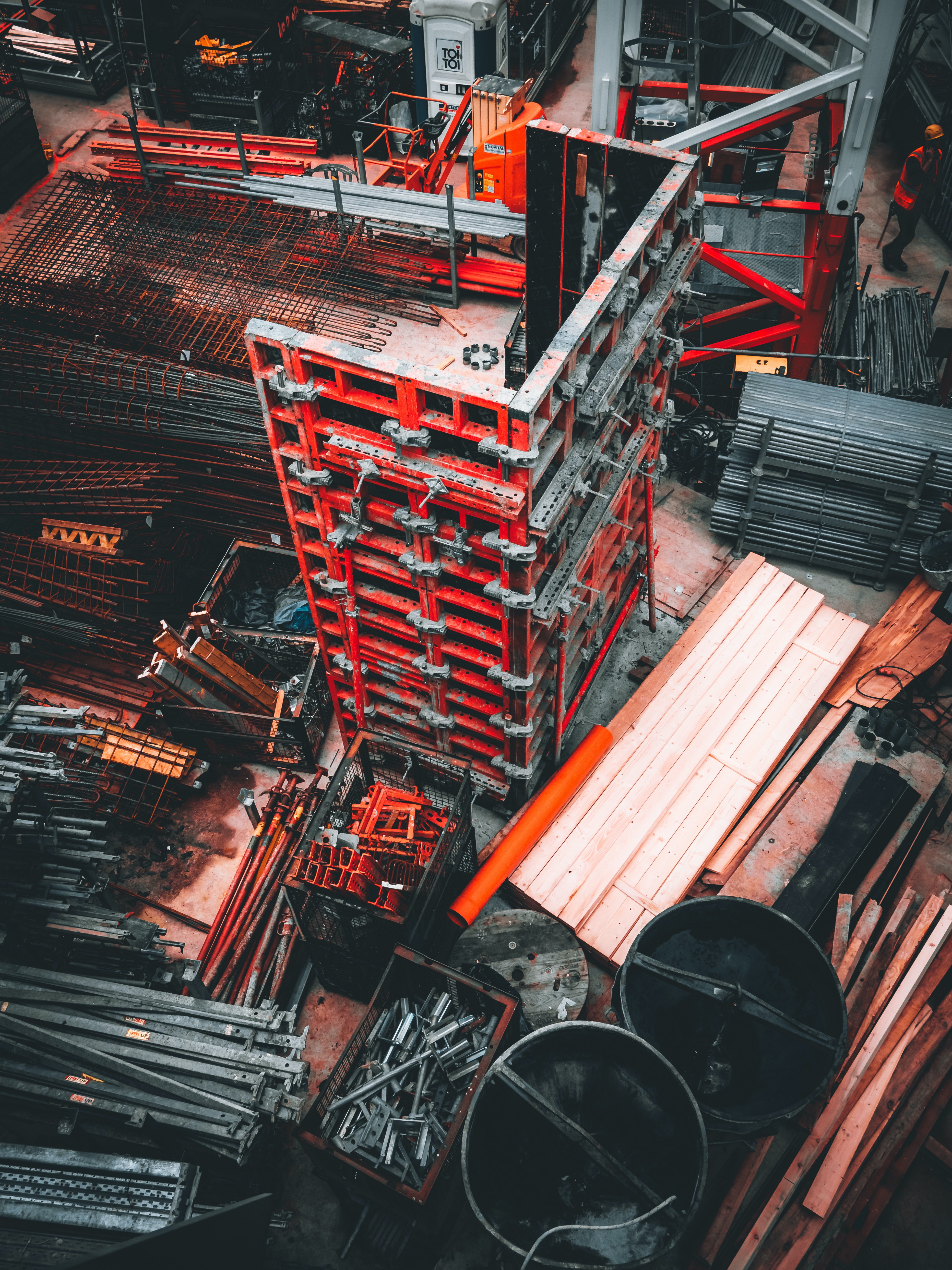
Fortunately, a drone can simplify this process by providing a safer and faster way to monitor and
report. Drones can gain access to areas that are inaccessible or dangerous for individuals and
reduce the risk of injury to zero in these situations.
3. Drones Excel in Disaster Response
The focus of disaster response is to save as many lives as possible while minimizing the risk to
the first responders themselves.
Drones can get a birds-eye view of rubble and submerged terrain, which would pose significant
danger to human rescuers.
They can be fitted with many forms of highly advanced imaging technology to find trapped or
floating people that first responders might never see.
In the case of the Nuclear Disaster in Japan, drones were able to map out the safest routes for
humanitarian aid to reach people, reducing casualties and locating as many survivors as
possible.
4. Drones can Safely Survey Power Lines
Keeping electricity moving safely is a vital process for any dynamic economy. However,
inspection and maintenance of Power Lines carry a great deal of risk.
According to a report by The U.S. Department of Labor, around 56 out of every 100,000 linemen
will die while working on power lines.
The more we innovate to remove human responsibility in an industry like this, the more lives we
can save, and unnecessary expenses we can avoid. For now, the inspection portion of this job
can be done completely by Unmanned Aerial Vehicles
5. Drones can Efficiently Observe Traffic Patterns

According to the Centers for Disease Control
and Prevention (CDC), around 1.35 million
people die each year due to traffic accidents.
Drone technology can improve the safety of
our road systems by observing traffic patterns,
human behavior, and vehicle interaction
models.
UAVs can quickly find ideal routes for
emergency vehicles and monitor accident
situations until first responders arrive.
6. Drones can Provide Instant Feedback
Drones can be equipped with laser sensing devices and ultrasonic radars to detect
abnormalities and create renderings of three-dimensional projects.
They can perform these tasks quickly and safely, whereas a ground-based system would
require much more time and energy to ensure it is done correctly.
Contractors and Engineers stand to gain much from the versatility of applying UAVs to their job
sites. Having the ability to get real-time information within minutes and without risking any
workers is an edge that these types of organizations can’t afford to miss out on.
Using this information, contractors and engineers can make precise adjustments to their
projects and models, resulting in a superior product or project.
7. Drones can Help Manage Large-Structure Maintenance
In the modern world, we continue to build higher and higher. These towering cityscapes are the
pride of our generation, but these colossal structures don’t exist without creating new and
persistent challenges.
Skyscrapers, hotels, bridges, cell towers, and other large structures require constant
maintenance and observation. Obviously, requiring someone to scale the face of a
glass-covered skyscraper or a cable bridge would be a substantial risk to that worker.
Drones are the perfect solution for inspecting these types of buildings. They can fly and fit
almost anywhere.
Use of drones allows maintenance workers to see the most difficult spots without assuming the
risk of personal harm. This would apply to regular inspection and checkup or an unplanned
emergency. Drones can be sent into action on a dime.
Using a drone for these purposes improves the speed and safety of inspection, and as
technology advances other maintenance-related tasks will also be reallocated to unmanned
vehicles.
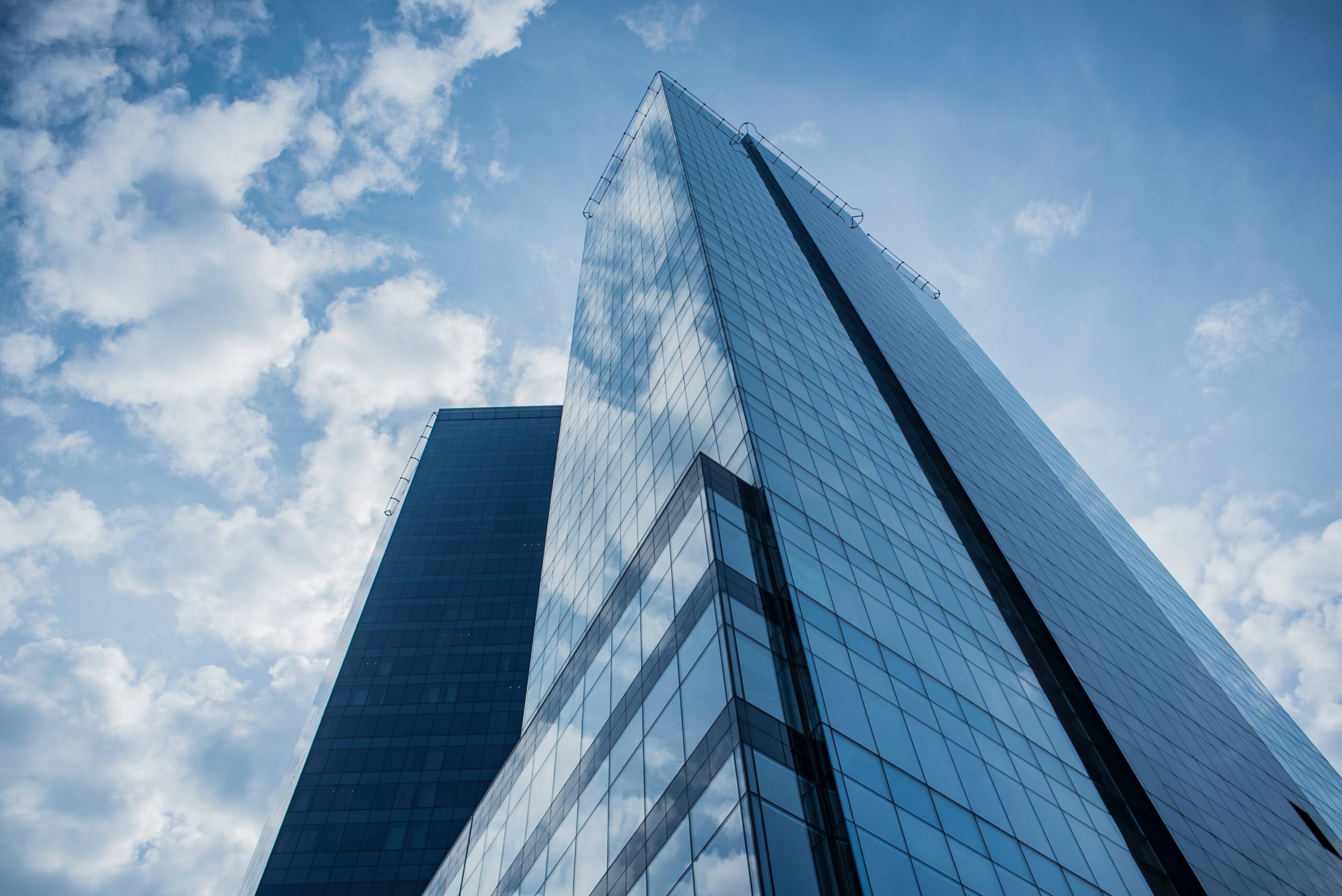
8. Drones can Automate some Repetitive and Dangerous Tasks
Specialized drones can already be tasked with transporting some tools, materials, food rations,
and equipment from one place to another, which might be quite dangerous if the area between
the two sites is unfinished or just difficult to access.
Some of these processes can be programmed into the drone, which would remove the need for
direct oversight and a remote pilot and would save time and valuable effort.
Other simple jobs such as spraying, applying coat materials, and taking pictures are simple but
repetitive tasks that drones can do more efficiently than a human worker.
In an Agricultural setting, drones are helping to remove the high cost of hiring a chemical spray
pilot, a job with a high amount of risk, requiring high compensation for the pilot. UAVs are finding
ways to make people safer in almost every industry.
9. Drones can Reach Dangerous and Hard-to-Reach Places
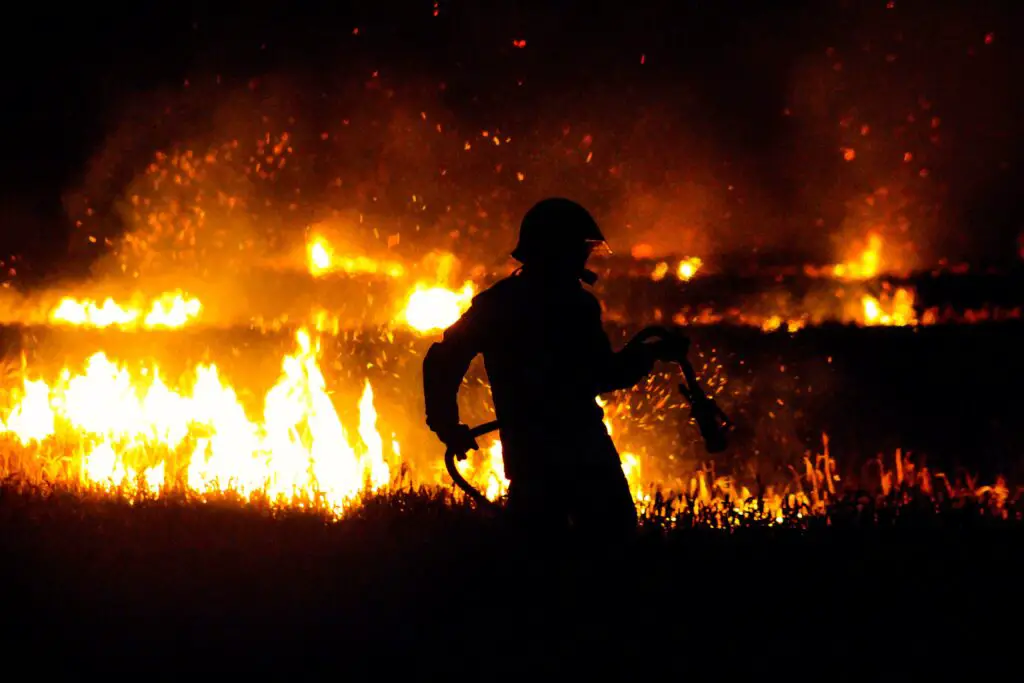
Drones can’t just go high, they can go far. They can reach extremely remote areas that would
be hard or impossible for people to get to.
Forests and Swamps make for difficult terrain, especially in situations where wildfires or
dangerous wildlife are involved.
Every year in the U.S, wildfires
cause millions of dollars worth of
damage and take dozens of lives.
Specifically, firefighters are exposed
to serious risk of injury or death
while combating these fires.
Unmanned aircraft can be a huge
help to firefighters trying to reach
these areas: they’re designed to fly
at a lower altitude and have various
ways that they can retain visibility in smoke.
First responder drones can also map out the way for firefighters to reach the fires while avoiding
dangerous routes and giving them better situational awareness.
Fire departments can also equip drones with fire retardants that can help extinguish fires safely
and precisely.
10. Drones can Create Value in their Application
A pattern of risky and expensive inspection and maintenance jobs can be seen throughout our
article. These high costs of labor are driven up by the dangerousness of these situations more
than the actual complexity of the task. For example, around 51 roofers die each year as a result
of their occupation.
By employing and implementing unmanned systems in these fields, the safety score can be
significantly improved, cutting costs and improving efficiency.
The upfront cost of buying a drone will be miniscule compared to the value created in safety and
efficiency, and you don’t have to look far to see the many ways that implementing drones into
the workplace can make the world a safer place.
